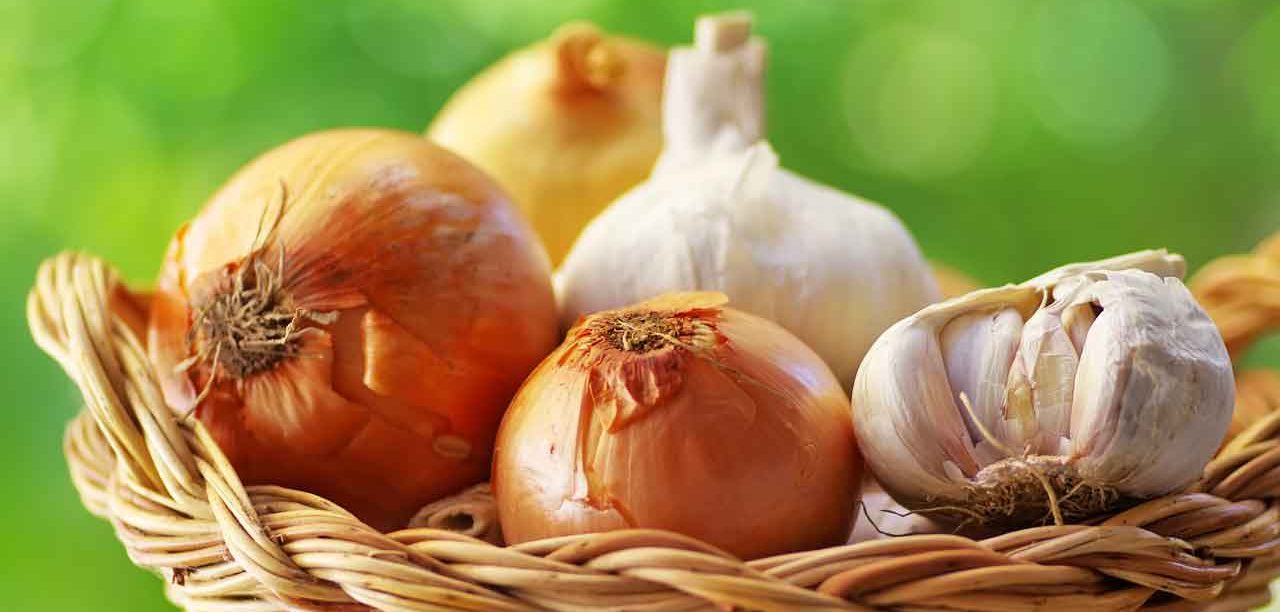The New Miracle Food: Inulin

This natural fiber is showing up in gluten-free foods and supplements for weight loss. What is inulin soluble fiber and how much do you need?
The latest superfood, a type of fiber Americans usually get from garlic and onions, can help weight loss, diabetes, high cholesterol, asthma, and nutrient absorption, according to Torey Armul, a spokesperson for the Academy of Nutrition and Dietetics. But it is not recommended for people who benefit from the “FODMAPS” diet for intestinal bowel syndrome.
YOU MIGHT ALSO LIKE: Is Raw Milk Safe?
What is inulin soluble fiber?
You may have seen “inulin soluble fiber” in the ingredient lists in snack foods, and commercial breads and cereals labeled “high fiber.” What is “inulin soluble fiber?” Like all fibers, it has almost zero calories, but this one has an extra benefit: it is a “pre-biotic” that feeds the healthful bacteria in the gut called “pro-biotics,” including one that improves immune functions.
Inulin occurs naturally in some edible bulbs — notably, garlic and onion. Bananas, Jerusalem artichokes, chicory root, and the stalks of asparagus contain inulin.
It works a bit like gluten, the fiber in grains, so manufacturers put inulin in gluten-free products. It can also make food sweeter and creamy, so it shows up in ice cream, yogurt, and cheese products, especially in the low-sugar, low-calorie versions.
Inulin, like other fiber, helps your digestive system process food and remove waste because it isn’t digested and encourages growth of bacteria that can help improve your bowel function. It can cut constipation, and also make you feel more full on less food, decreasing food cravings.
How much inulin fiber should you get per day?
In a Canadian study of overweight or obese 7 to 12 year olds, those who took 8 grams a day of “oligofructose-enriched inulin” for 16 days lost body weight and weight overall, and had lower blood triglycerides, compared to children who received a placebo.
Inulin may reduce the risk of diabetes in people with prediabetes and help control blood sugar levels in those who already have it. A 2014 review of the research found that taking inulin supplements reduced blood sugar levels and insulin two hours after a meal.
Other research has found has adults with asthma who ate a meal containing inulin fiber had significantly decreased the inflammation in their airway for four hours after a meal, compared to another group of adults with asthma who ate simple carbohydrates.
Inulin can boost your absorption of calcium, magnesium, zinc, and copper.
There are some risks to inulin, however. It can feed the growth of Candida, the yeast in vaginal yeast infections. People with irritable bowel syndrome often feel better if they limit a group of carbohydrates, with the acronym, FODMAP. Inulin is an “oligosaccharide,” the “O” in FODMAP.
To reap the benefits, start by eating more onions, garlic, bananas, and asparagus stalks, and fiber in general. If you want to take a supplement, 10 grams per day is usually safe, says Armul. You can increase you fiber intake slowly each week. Because fiber absorbs water, you may need to drink more.
Updated:
April 09, 2020
Reviewed By:
Janet O’Dell, RN